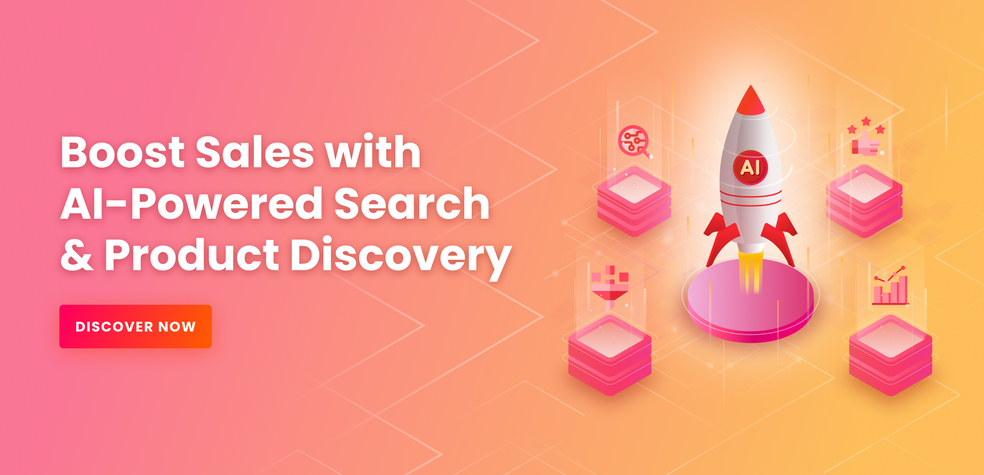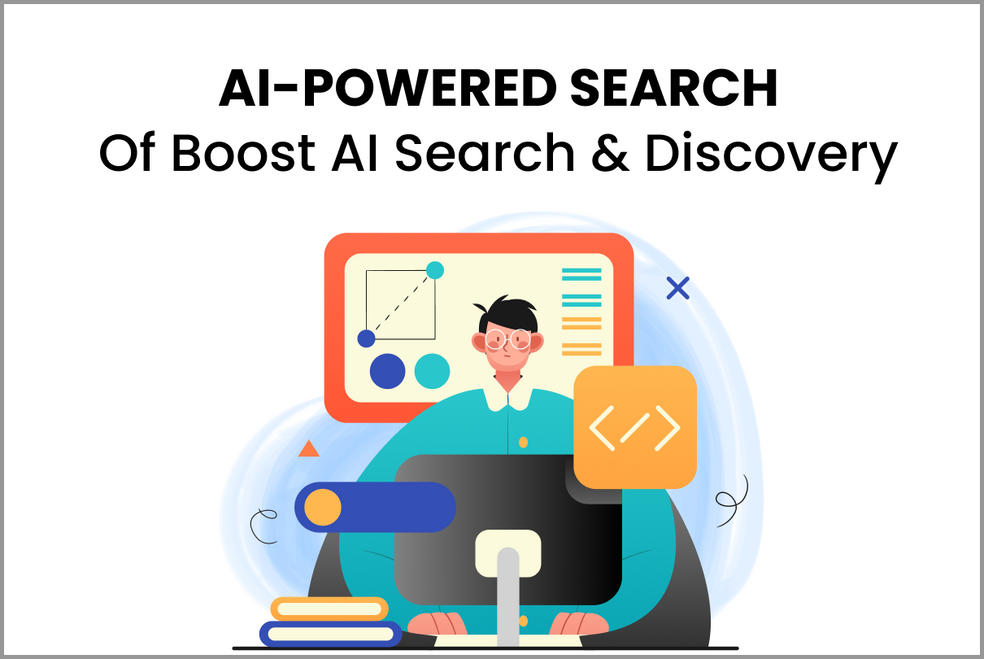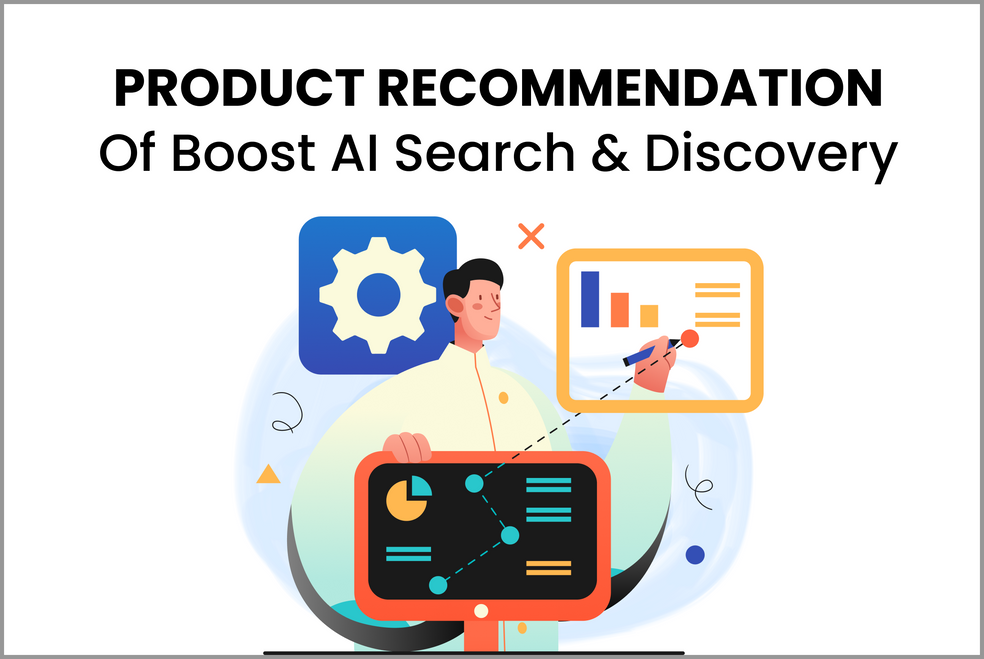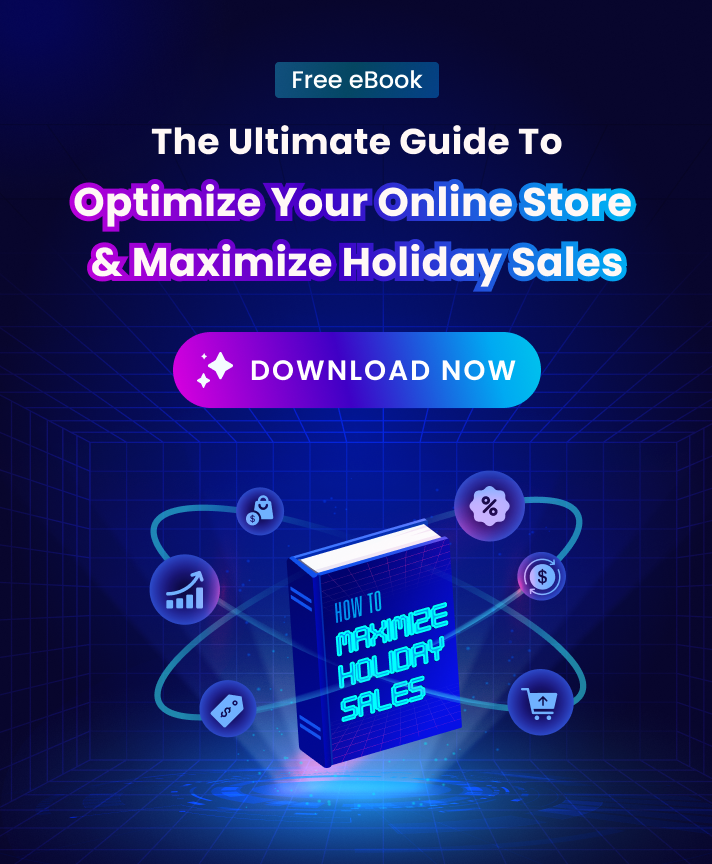What is Hyper-Personalization in eCommerce site search?
Hyper-personalization is the use of AI and real-time data to tailor messages and content towards individual consumers, and provide users with an experience that anticipates their needs, prioritizes their values and reflects the things that are important to them.
The main principle of hyper-personalization technology is to provide a real-time feed of data about the individual so that marketers can take immediate action. The data is used to help anticipate the user’s needs and behaviors, generate predictive insights and personalize these interactions. In order for the technology to work, it needs access to real-time data from consumer behaviors in all stages of their journey. This kind of data comes from multiple sources including:
1. User behavior and use
2. Market research/survey responses and other real-world events that take place in a brand’s environment
3. Inventory data (new products, new promotions, etc) that is fed through the network to the platform the system operates on
The primary purpose of this data is to create a predictive model of what a user might be looking for right now or in the future. This information is then used to feed the content and information back to the user at the right time. Having access to this kind of real-time data is what makes hyper-personalization so relevant, responsive and personalized.
Why is Hyper-Personalization important?
Hyper-personalization has become an increasingly popular strategy for brands, because:
- Hyper-personalization is based on a person’s preferences, making it a more predictive approach.
Knowing what customers like and what they don’t like has the potential to make marketing efforts much more effective and relevant. A brand can now target the right audience with just one click and directly reach them at the right time. The goal is to help users make well-informed decisions while they go through their journey.
- It drives deeper customer engagement with the brand.
Continued engagement is the key to long-term success for any brand, and hyper-personalization helps deepen relationships with customers by providing personalized experiences at each stage of the customer journey. It also creates a more loyal and engaged community.
- It leverages real-time data.
In order to create hyper-personalized experiences that are more relevant, brands need access to real-time data. The key to hyper-personalization is knowing where customers are in every stage of their journey so that you can offer them the right message at the right time. Technology can help streamline this process by providing on-demand information and insights about user behavior and demographics.
Examples of websites with Hyper-Personalization
1. Ocado
Ocado is a British online grocery delivery company that has over 50,000 products in its selection and offers next-day delivery. The company also has a service called Ocado Smart Personal Shopper, which provides an AI-based chatbot for customers to order their groceries through messaging apps.
This service is powered by machine learning algorithms that use real-time data. This means that the bot can understand what the customer wants and respond with relevant information right away. If the customer asks a question, they get an answer back in less than a minute.
2. Amazon
Amazon is a world leader when it comes to hyper-personalized shopping experiences. The company was one of the first companies to use machine learning for hyper-personalization and has been using it for several years.
It uses a variety of algorithms from the artificial intelligence platform owned by Amazon, to make sure users get what they asked for, when they asked for it. This helps the company understand what customers are looking for and the best way to deliver the products in real time.
3. Spotify
Spotify is an online music streaming service that offers a free and paid service to users and also allows them to create their own personalized playlists with recommendations.
The company uses machine learning and artificial intelligence to scan individual’s behavior and use of the product. This technology can pinpoint customer behaviors and things they enjoy listening to so that the company can quickly personalize the user experience around their tastes.
Personalized search vs. Hyper-personalized search
Personalized Search gives users a personalized experience by predicting the intent of their search and offering them results based on their past behavior.
Hyper-Personalization predicts the intent of a user’s search based on real-time data, suggesting links and content that is relevant at that time.
Personalized Search is just one version of Hyper-personalization. Hyper-personalization is much more than personalized search, it’s a holistic understanding of our behavior that includes who we are and where we are in the journey. By incorporating real-time data and predictive modeling, hyper-personalization can be applied to many different aspects of the customer journey.
How to hyper-personalize site search
Hyper-personalization can be applied to many different aspects of the customer journey.
For example, we tend to make decisions at the last phase of the customer journey. This is often when we are most frustrated with a brand and most likely to leave. The key is to offer users what they want in real-time at this phase.
By knowing where users are in the journey, we can predict what they might need and when they might need it. This will change throughout the journey and constantly update profiles as users move along their path. The key to a well-designed hyper-personalization experience is understanding who we are as people so that we can relate our online behaviors to real life actions.
By creating a predictive profile for each user, we can have hyper-personalized content and messaging appear in real-time on the homepage. This helps users get the information they need at the right time, which should drive them to act right away.
Best practices to implement Hyper-Personalization
1. Profile
Creating hyper-personalized profiles for each user is one of the most important aspects of creating a successful experience. By understanding who users are and what they do online, brands can ensure that they are giving them exactly what they want at the right time.
Personalization begins with tracking user behavior, which involves analyzing how people search and browse the web. From there, you can create personalized profiles based on their specific behaviors.
The more you learn about our users, the more accurate our profile will become. In order to build a hyper-personalized experience on the homepage, you need to know where the user is in the journey and what they need at that moment.
2. Contextual Targeting
Contextual targeting means serving content based on where users are in their journey. For example, we may show content that asks if they need help or a call-to-action for something specific.
If users are at the beginning of their journey, they might be interested in something that helps them understand the topic. If they are in the middle of their journey, we might show them a link to related content. And if users are at the end of their journey, we may show them a call-to-action that offers a solution to a specific problem.
3. In-the-moment messaging
While hyper-personalization is primarily used to personalize the homepage, it can be used in many different places throughout the customer journey.
For instance, a brand that sells fitness equipment may want to personalize the messaging on its landing page by adjusting content based on what users are searching for. If a user searches for “strength training,” then the site may show them articles about building muscle or buying a specific product. However, if they search for “weight loss,” then it may show them articles about losing fat or designing a healthy diet.
4. Multi-dimensional targetingBefriending a user on the way to purchase, not only helps them take the lead in their journey, but it also helps build trust and loyalty. By making guest blogging a part of your marketing strategy, hyper-personalization can help brands capture leads from across the web and keep these users coming back for more.
















